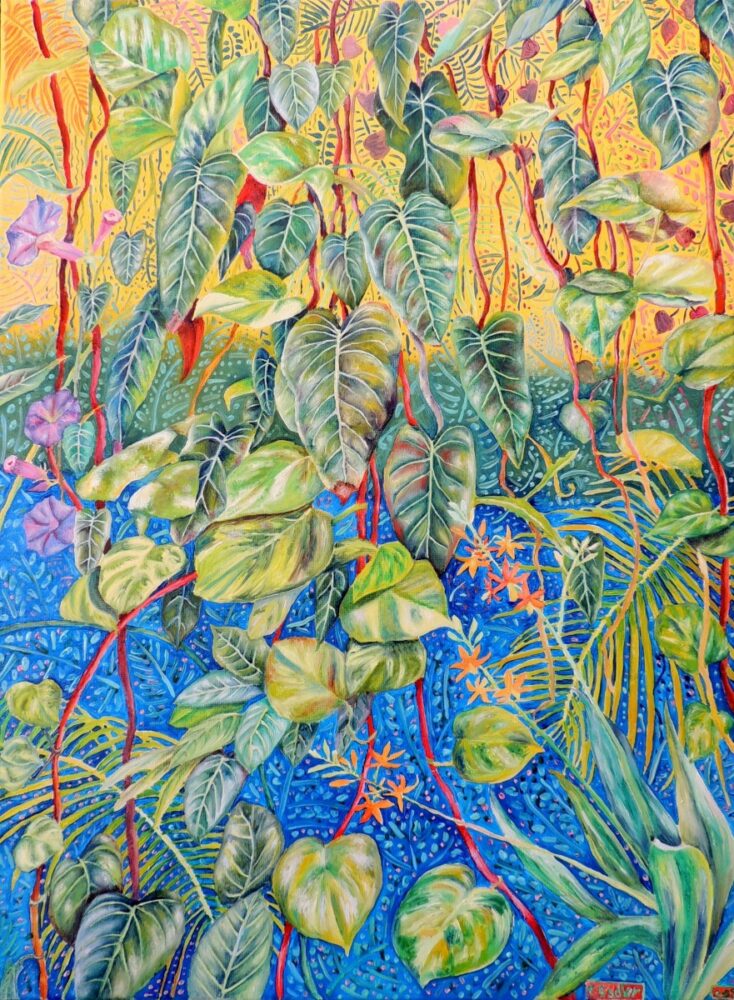Artspeak is a formal and intellectual way of talking about art that uses a lot of unnecessary jargon. Check out this example, courtesy of this irreverent service:
“Ever since I was a student I have been fascinated by the essential unreality of the human condition. What starts out as undefined soon becomes debased into a tragedy of distress, leaving only a sense of decadence and the possibility of a new synthesis.
As subtle replicas become clarified through diligent and academic practice, the viewer is left with a statement of the corners of our culture.”
Right, so now we know our enemy, let’s have a look at today’s movement. It’s abstract expressionism, a mid-20th century North American and European movement.

Let’s look at the term itself. Abstract art is that which isn’t supposed to “look like” something from the real world, or it may look like a pared down and simplified (abstracted) version of something from the real world. “Expressionism” simply refers to the emotional intensity in the work; these painters were expressing their feelings on canvas.
Abstract expressionism’s major centres were New York and San Francisco, and the style’s most important years were from 1940-1960. US artists were inspired by earlier European expressionism, and developed this inspiration into their own more anarchic, energetic and rebellious style. Indeed, abstract expressionism has a strong link with the concept of the outcast, rebel artist; the style is associated with the beat generation and with nihilist philosophers such as Nietzsche.
Abstract expressionist artists

Possibly the most well-known abstract expressionist was Jackson Pollock. (1912-1956) His large scale drip paintings, with their highly physical method of production, work with the twin ideas of abstraction and expressionism perfectly.

A second artist who springs into many minds when abstract expressionism is mentioned is Willem de Kooning. His work is a good example of what I mentioned a bit ago about abstract art looking like a pared down or simplified version of something from the real world. We can see a female human figure in most of his paintings, but the figure is “abstracted” to various degrees.
Ok so short but sweet for a big art movement, but I hope that explained in a nutshell what abstract expressionism is about, and that the pictures I chose are good examples of the style. Please comment and let me know! Check back next week for No ArtSpeak Allowed #2 : Surrealism.
Image sources:
(Image source: http://en.wikipedia.org/wiki/ File:Kooning_woman_v.jpg)
(Image Source: http://en.wikipedia.org/wiki/File:Kline_no2.jpg)
(Image source: http: //www.nga.gov/feature /pollock/painting1.shtm)
